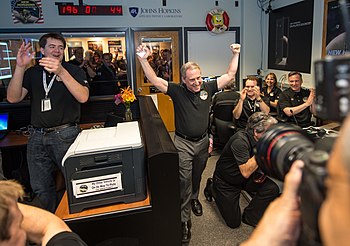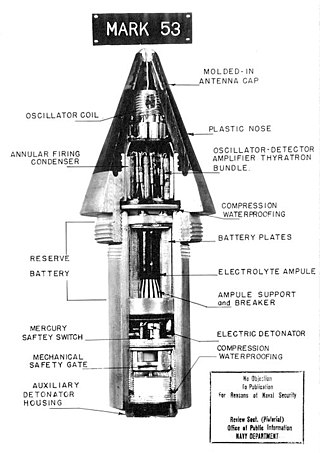
A proximity fuze is a fuze that detonates an explosive device automatically when it approaches within a certain distance of its target. Proximity fuzes are designed for elusive military targets such as airplanes and missiles, as well as ships at sea and ground forces. This sophisticated trigger mechanism may increase lethality by 5 to 10 times compared to the common contact fuze or timed fuze.

James Alfred Van Allen was an American space scientist at the University of Iowa. He was instrumental in establishing the field of magnetospheric research in space.

New Horizons is an interplanetary space probe launched as a part of NASA's New Frontiers program. Engineered by the Johns Hopkins University Applied Physics Laboratory (APL) and the Southwest Research Institute (SwRI), with a team led by Alan Stern, the spacecraft was launched in 2006 with the primary mission to perform a flyby study of the Pluto system in 2015, and a secondary mission to fly by and study one or more other Kuiper belt objects (KBOs) in the decade to follow, which became a mission to 486958 Arrokoth. It is the fifth space probe to achieve the escape velocity needed to leave the Solar System.

Michael Douglas Griffin is an American physicist and aerospace engineer who served as the Under Secretary of Defense for Research and Engineering from 2018 to 2020. He previously served as Deputy of Technology for the Strategic Defense Initiative, and as Administrator of NASA from April 13, 2005, to January 20, 2009. As NASA Administrator Griffin oversaw such areas as private spaceflight, future human spaceflight to Mars, and the fate of the Hubble telescope.
A University Affiliated Research Center (UARC) is a strategic United States Department of Defense (DoD) research center associated with a university. UARCs are formally established by the Under Secretary of Defense for Research and Engineering. UARCs were developed to ensure that essential engineering and technology capabilities of particular importance to the DoD are maintained. They have many similarities with Federally Funded Research and Development Centers, including sole source funding under the authority of 10 U.S.C. § 2304(c)(3)(B). However, UARCs are allowed to compete for other science and technology work, except when it is prohibited by their contracts.
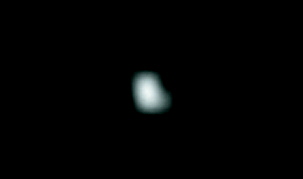
132524 APL (provisional designation 2002 JF56) is a small background asteroid in the intermediate asteroid belt. It was discovered by Lincoln Near-Earth Asteroid Research in May 2002, and imaged by the New Horizons space probe on its flyby in June 2006, when it was passing through the asteroid belt. The stony S-type asteroid measures approximately 2.5 kilometers (1.6 miles) in diameter.

Michael Ryschkewitsch is the former Space Exploration Sector Head at the Applied Physics Laboratory (APL). He formerly served as the Chief Engineer of the United States National Aeronautics and Space Administration.

The Chemical Propulsion Information Analysis Center (CPIAC) is one of several United States Department of Defense (DoD) sponsored Information Analysis Centers (IACs), administered by the Defense Technical Information Center (DTIC). CPIAC is the oldest IAC, having been in continuous operation since 1946 when it was founded as the Rocket Propellant Information Agency as part of the Johns Hopkins University's Applied Physics Laboratory. Currently CPIAC is operated by The Johns Hopkins University, Whiting School of Engineering. IACs are part of the DoD’s Scientific and Technical Information Program (STIP) prescribed by DoD Directive 3200.12 and are chartered under DoD Instruction 3200.14-E5.

The Parker Solar Probe is a NASA space probe launched in 2018 with the mission of making observations of the outer corona of the Sun. It will approach to within 9.86 solar radii from the center of the Sun, and by 2025 will travel, at closest approach, as fast as 690,000 km/h (430,000 mph) or 191 km/s, which is 0.064% the speed of light. It is the fastest object ever built.
Frederick Stucky Billig was an American aerospace engineer who was a pioneer in the development of scramjet propulsion.
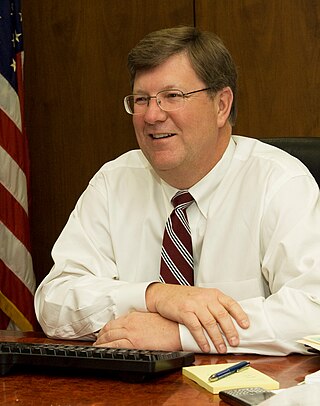
Robert D. "Rob" Strain is the former Director of NASA's Goddard Space Flight Center. Strain held that post from August 4, 2008, through March 5, 2012. Strain announced in January 2012 that he will retire from NASA and return to private industry.
Nancy Chabot is a planetary scientist at the Johns Hopkins University Applied Physics Laboratory.
Elizabeth "Zibi" Turtle is a planetary scientist at the Johns Hopkins University Applied Physics Laboratory.

Alice Bowman is the Mission Operations Manager for the New Horizons mission to Pluto. She is the first woman to fill that role at the Applied Physics Laboratory, taking on the position in 2002 specifically for the duration of the three billion-mile space journey.
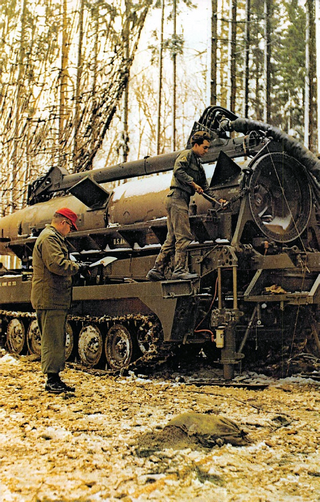
The Pershing Operational Test Unit (POTU) was the U.S. Army agency responsible for the operational testing of the Pershing 1 Field Artillery Missile System, the Pershing 1a Field Artillery Missile System and the Pershing II Weapon System. Created in 1965, POTU was assigned to United States Army Europe and located in Heidelberg, Germany. Personnel consisted of one lieutenant colonel, two majors, one captain, two warrant officers and four non-commissioned officers.
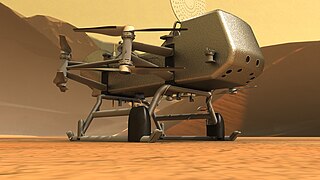
Dragonfly is a planned spacecraft and NASA mission to send a robotic rotorcraft to the surface of Titan, the largest moon of Saturn. It is planned to be launched in July 2028 and arrive in 2034. It would be the first aircraft on Titan and is intended to make the first powered and fully controlled atmospheric flight on any moon, with the intention of studying prebiotic chemistry and extraterrestrial habitability. It would then use its vertical takeoffs and landings (VTOL) capability to move between exploration sites.
Ralph D. Lorenz is a planetary scientist and engineer at the Johns Hopkins Applied Physics Lab. whose research focuses on understanding surfaces, atmospheres, and their interactions on planetary bodies, especially Titan, Venus, Mars, and Earth. He currently serves as Mission Architect of Dragonfly, NASA's fourth selected New Frontiers mission, and as participating scientist on Akatsuki and InSight. He is a Co-Investigator on the SuperCam instrument on the Perseverance rover, responsible for interpreting data from its microphone. He leads the Venus Atmospheric Structure Investigation on the DAVINCI Discovery mission to Venus. He is the recipient of the 2020 International Planetary Probe Workshop (IPPW) Al Seiff memorial award, and the 2022 American Geophysical Union's Fred Whipple Award for contributions to planetary science.

Ralph D. Semmel is an American engineer and computer scientist. He became the eighth director of the Johns Hopkins University Applied Physics Laboratory (APL) in Laurel, Maryland on July 1, 2010.
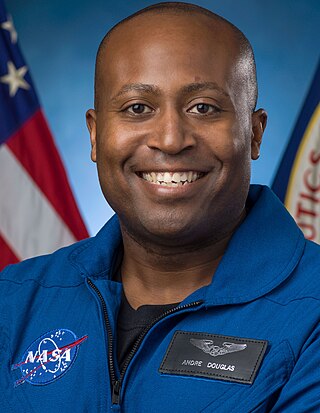
Andre Douglas is an American systems engineer and NASA astronaut candidate.
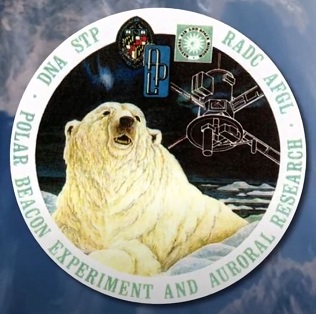
Polar BEAR, short for Polar Beacon Experiment and Auroral Research was a 1986 U.S. military space mission. Also known as STP P87-1 or STP P87-A, the craft was built for the Air Force by Johns Hopkins University's Applied Physics Laboratory (APL).

